The black rhino (Diceros bicornis) is a fascinating yet critically endangered species that captures the hearts of wildlife enthusiasts and conservationists alike. Known for its distinctive hooked lip, this remarkable animal plays a vital role in maintaining the health of desert and savannah ecosystems.
In this article, we delve into the world of the black rhino, exploring its habitat, threats, and conservation efforts while answering key questions surrounding this iconic creature.
The Black Rhino’s Unique Features and Habitat
Anatomy and Behavior
The black rhino is easily recognized by its prehensile upper lip, adapted for grasping twigs and leaves. This herbivorous mammal can grow up to 5.5 feet tall at the shoulder and weigh between 1,760 and 3,080 pounds. Despite their size, black rhinos are surprisingly agile and can reach speeds of up to 34 miles per hour when threatened.
Key Characteristics:
- Prehensile Lip: Ideal for feeding on shrubs and small trees.
- Thick Skin: Offers protection against thorns and predators.
- Poor Vision: Compensated by an acute sense of smell and hearing.
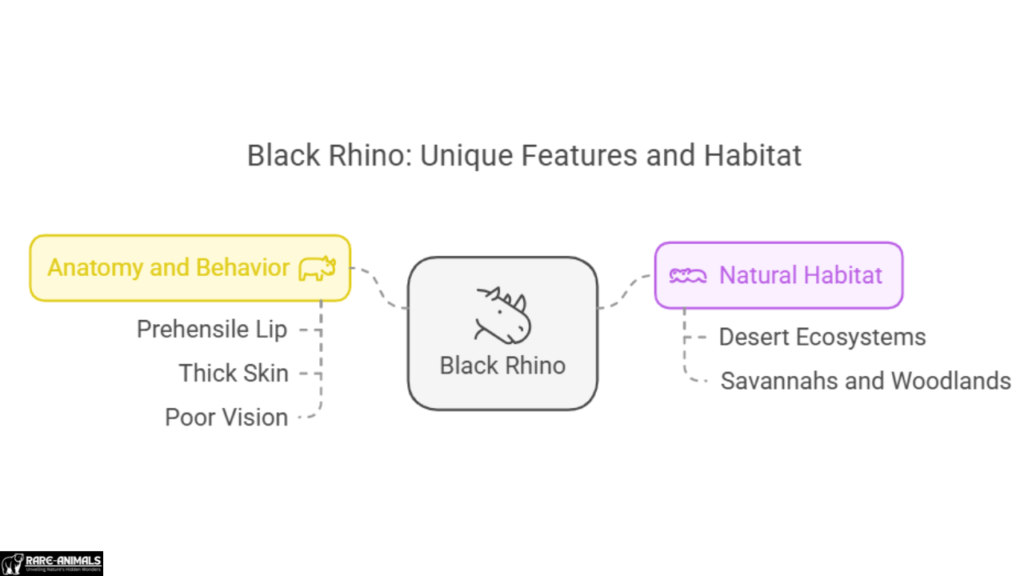
Natural Habitat
Black rhinos thrive in diverse environments, from arid deserts to grassy savannahs. They are primarily found in eastern and southern Africa, with countries like Namibia, Kenya, and South Africa hosting significant populations.
Preferred Habitats:
- Desert Ecosystems: Adapted to survive in harsh, water-scarce environments.
- Savannahs and Woodlands: Provide ample food sources and cover.
Threats to the Black Rhino’s Survival
Poaching
The primary threat to black rhinos is poaching, driven by the high demand for rhino horns in illegal markets. Rhino horn is erroneously believed to have medicinal properties in some cultures, further fueling its demand.
Poaching Facts:
- Over 95% of black rhino populations were lost between 1960 and 1995.
- Rhino horns are valued more than gold in some black markets.
Habitat Loss
Urbanization and agricultural expansion have led to significant habitat loss for black rhinos. As human settlements encroach on their territories, these animals are forced into smaller, fragmented areas, making survival even more challenging.
Impacts of Habitat Loss:
- Reduced food availability.
- Increased human-wildlife conflict.
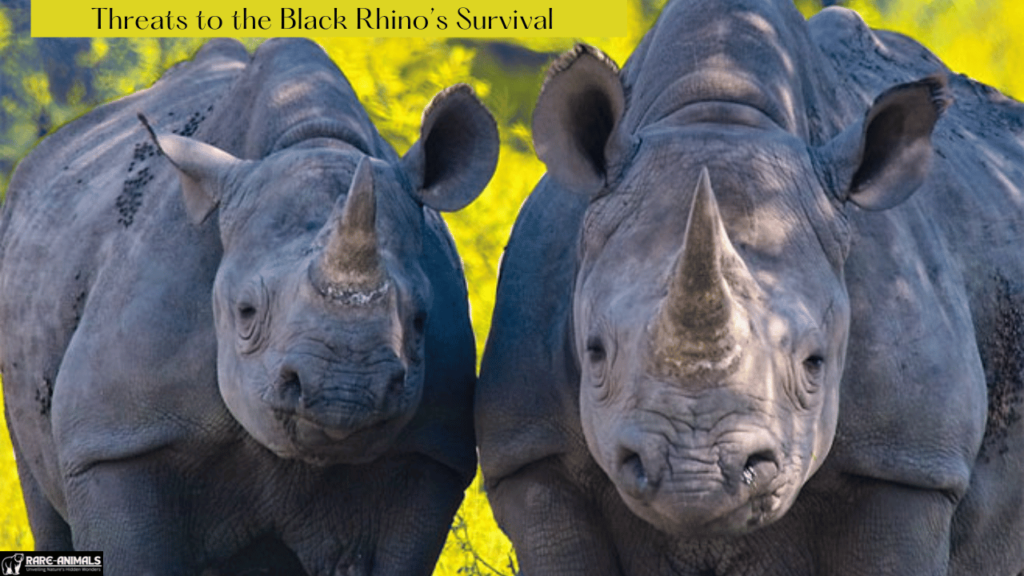
Conservation Efforts: Turning the Tide
Anti-Poaching Initiatives
Numerous organizations and governments have implemented anti-poaching measures to protect black rhinos.
Successful Strategies:
- Ranger Patrols: Highly trained teams monitor protected areas.
- Technology: Drones and GPS tracking are used to locate rhinos and deter poachers.
Habitat Restoration
Efforts to restore and expand rhino habitats have been pivotal in increasing population numbers.
Examples:
- Establishing wildlife corridors to connect fragmented habitats.
- Reforesting degraded lands to improve ecosystem health.
Community Involvement
Empowering local communities to participate in conservation has shown remarkable success.
Initiatives:
- Eco-tourism projects that provide financial incentives for conservation.
- Education programs raising awareness about the importance of rhinos.
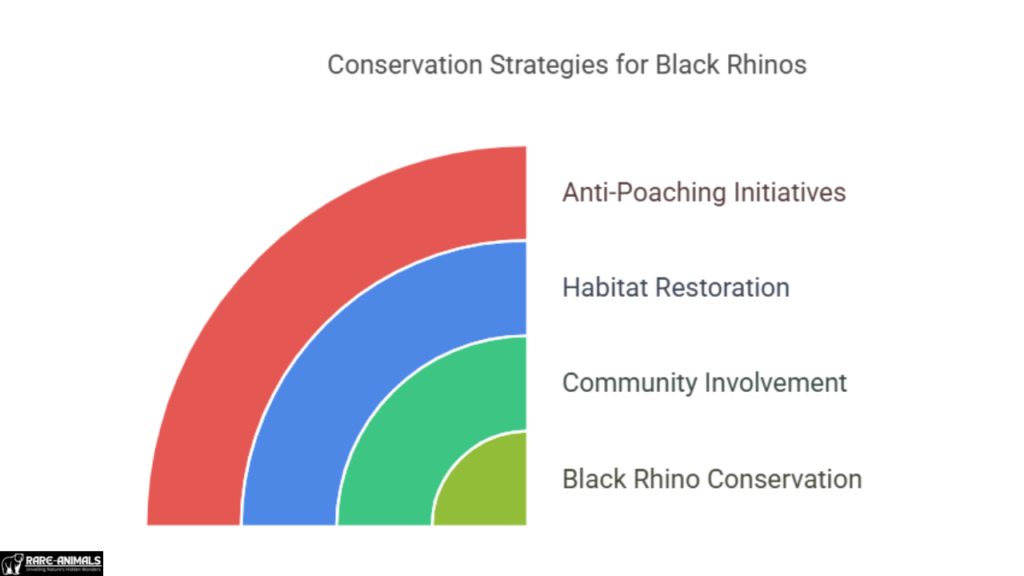
FAQs
Why are black rhinos endangered?
Black rhinos are endangered primarily due to poaching and habitat loss. Efforts to curb these threats are ongoing, but the species remains critically endangered.
How many black rhinos are left in the wild?
As of recent estimates, there are fewer than 6,000 black rhinos remaining in the wild. Conservation efforts have helped stabilize and slowly increase their numbers.
What is the difference between black and white rhinos?
Despite their names, black and white rhinos are not distinguished by color. The primary difference lies in their lip shapes: black rhinos have a hooked lip for browsing, while white rhinos have a wide, flat mouth for grazing.
How can I help conserve black rhinos?
You can support black rhino conservation by donating to reputable wildlife organizations, spreading awareness, and choosing eco-tourism options that contribute to conservation efforts.
Are black rhinos aggressive?
Black rhinos are known for their unpredictable and solitary nature. While not inherently aggressive, they may charge when they feel threatened.
Conclusion
The black rhino—a hook-lipped symbol of resilience—is a vital part of our planet’s biodiversity. While challenges remain, concerted efforts by conservationists, governments, and local communities offer hope for their survival.
By understanding their plight and taking action, we can help ensure that future generations marvel at the black rhino in its natural habitat.
Join the fight to save the black rhino by supporting conservation initiatives, spreading awareness, and advocating for stronger wildlife protection policies. Together, we can make a difference for this iconic species and the ecosystems they call home.

Alveena is an experienced content writer with a knack for crafting engaging and insightful pieces. She thrives on breaking down complex ideas and presenting them as clear, captivating content that resonates with readers.

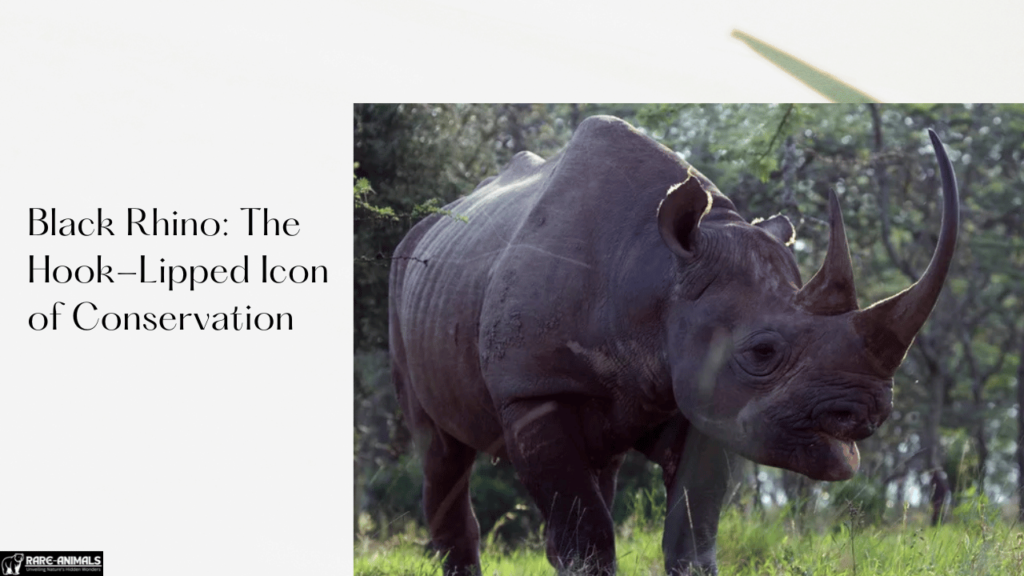

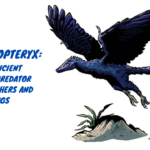




1 thought on “Black Rhino: The Hook-Lipped Icon of Conservation”